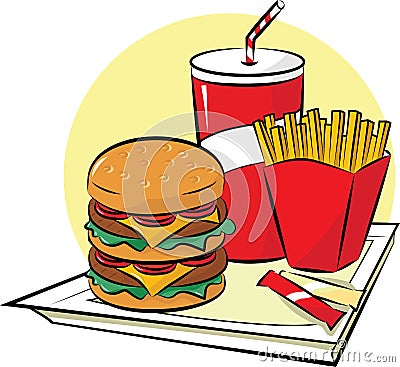Dear students,
We have talked about Count and Non-Count nouns. Now let's review them again. Please, make sure you understand everything. If you don't, ask me questions.
Irena
A noun will be either countable (Count) or uncountable (Non-Count). If it is uncountable (Non-Count), it generally cannot be taken apart as individual units. There are some general guidelines for figuring out which category a noun falls into, but many times you will simply have to memorize which nouns are countable and which are uncountable. Non-count nouns always come together with a singular verb "is" or "need" and singular determiners "this".
This information is not appropriate for school.
Some information is out of place.
A lot of information is incorrect.
You cannot say:
!!! Few information !!!
!!! Many information !!!
!!! These information !!!
Here is another interesting video. Please, watch it.
Common Non-count Nouns
Abstractions:
advice, information, research, news, evidence, energy, grammar, knowledge, vocabulary, confidence, courage, education, fun, happiness, health, help, honesty, hospitality, importance, intelligence, justice, significance, justice, luck, music, patience, peace, progress, wealth, anger, secrecy, equality, friction, radar, combustion
Abstractions that can be used as countable or uncountable, depending on the context:
proof, time, space, fear, law truth, work, pressure, force, current, power, temperature, share
For example:
As an abstraction:
Time is short when you are working hard.
(referring to the concept of time)
Not an abstraction:
I have seen this student 3 times.
(not an abstraction, but a specific time)
There is often a countable noun that could be used in place of the non-count noun if more specific reference is desired.
Whole groups made up of separate items:
postage, software, research, machinery, hardware, cash, advice, mail, garbage, equipment, money, clothing, luggage, fruit, furniture, information, jewelry, jargon
Sports:
baseball, soccer, volleyball, football, cricket
General activities:
driving, studying, swimming, traveling, walking (and other-ing nouns)
Illnesses, diseases:
measles, mumps, influenza or flu
Natural events (phenomena), weather:
weather, dew, fog, smog, hail, heat, humidity, lightning, rain, snow, wind, darkness, light, sunshine, electricity, fire, gravity
Academic subjects, fields of study:
chemistry, engineering, business, mathematics, economics, literature
Food (fluids):
water, coffee, tea, milk, oil, soup, gasoline, blood, wine, liquid
Food (solids):
ice, bread, butter, cheese, meat, gold, iron, silver, glass, paper, wood, cotton, wool
steam, air, oxygen, nitrogen, smoke, smog, pollution
Particles:
rice, chalk, corn, dirt, flour, grass, hair, pepper, salt, sand, sugar, wheat, grain
Languages:
Chinese, English, Spanish, German, Japanese
luggage
postage
machinery
jewelry
equipment
stamps
machines
necklaces
computers
machines
3 pieces of equipment
3 types of software
3 kinds of information
3 cartons of juice
3 slices of bread
3 drops of water
3 teaspoons of oil
3 cups of tea
3 bottles of milk
3 watts of electricity
3 liters of gasoline
3 molecules of oxygen
For some non-count nouns, it is possible to change the non-count noun to an adjective, for example:
3 software packages... (the word software is now an adjective)
3 homework assignments...
3 postage stamps...
Here are links to an exercises. Please, do them.
Exercise 1
Exercise 2
Exercise 3
Exercise 4
Here are some exercises with Some, Any and No:
# 1
# 2
# 3
Difference between A Few and Few:
They both are used with countable noun (Count).
A few has positive meaning.
It means a small amount of something, but it is enough.
Few has negative meaning.
It means almost nothing, almost zero - a very small amount of something and it isn't enough.
Example:
I have a few apples.
This means that I have 2 or 3 apples, and it is enough for me.
This means that I have almost nothing, almost zero, and that is not enough for me. I need more.
Difference between A Little and Little:
They both are used with uncountable noun (Non-Count).
A little has positive meaning.
It means a small amount of something, but it is enough.
Little has negative meaning.
It means almost nothing, almost zero - a very small amount of something and it isn't enough.
Example:
I have a little coffee.
This means that I have some coffee, and it is enough for me.
I have little coffee.
This means that I have almost nothing, almost zero, and that is not enough for me. I need more.
Here are some exercises:
Exercise 1
Exercise 2










